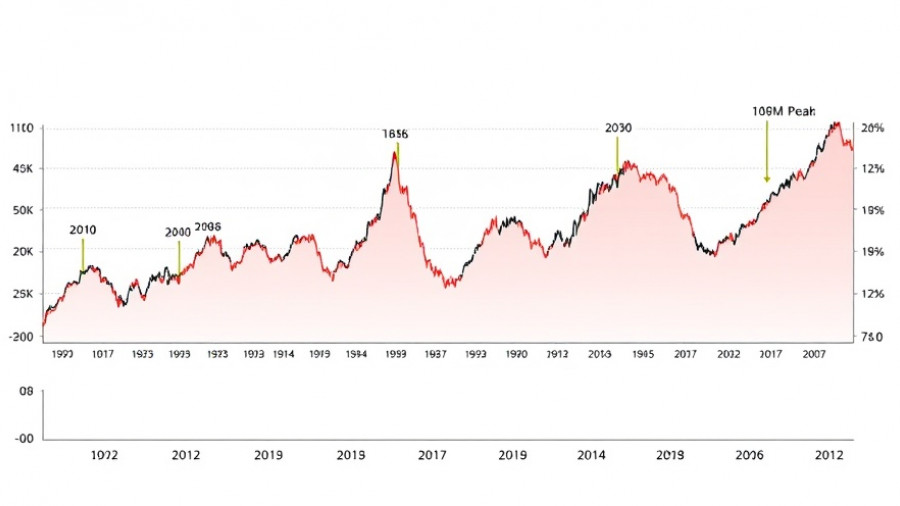
Understanding the Value of Real Estate Mentorship
In the ever-evolving world of real estate investing, many aspiring investors seek out mentors to guide them through the complexities of the market. However, it’s crucial to evaluate whether pursuing a mentor is the right step for you at this stage of your journey. Before jumping into a mentorship arrangement, consider investing time in self-education and researching the market. By doing so, you can build a solid understanding of the fundamentals—like property valuation, market trends, and financing options—which are essential for long-term success.
Practical Steps Before Seeking a Mentor
1. Educate Yourself: Utilize online resources, such as educational webinars, podcasts, and articles that offer insights into real estate concepts. Knowledge is a critical asset in any investment.
2. Develop a Strategy: Before onboarding a mentor, draft a clear investment strategy that outlines your goals. This process will provide structure and clarity, making discussions with potential mentors more productive.
3. Network Locally: Join local real estate investing groups to meet that have experience. Engaging with your community can lead to informal mentorship opportunities that might suit your needs better than traditional setups.
The Risks of Relying Solely on Mentors
Relying excessively on a mentor can lead to dependency, stifling your own decision-making growth. It’s essential to strike a balance between guidance and self-reliance. Understand that mentors, while beneficial, may not always have your best interests at heart. Always conduct your own research and evaluations.
Final Thoughts on Real Estate Mentorship
Investing in real estate is a journey marked by continual learning and adaptation. Before seeking out structured mentorship, consider embarking on a self-educational path. Equip yourself with the necessary knowledge and tools to make informed decisions. As you navigate the complex landscape of real estate, remember that the most valuable investment you can make is in yourself.
 Add Row
Add Row  Add
Add 




Write A Comment